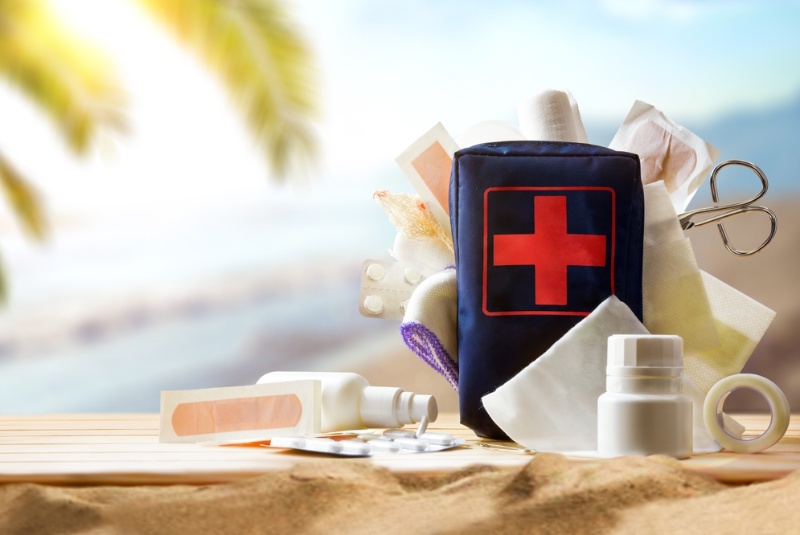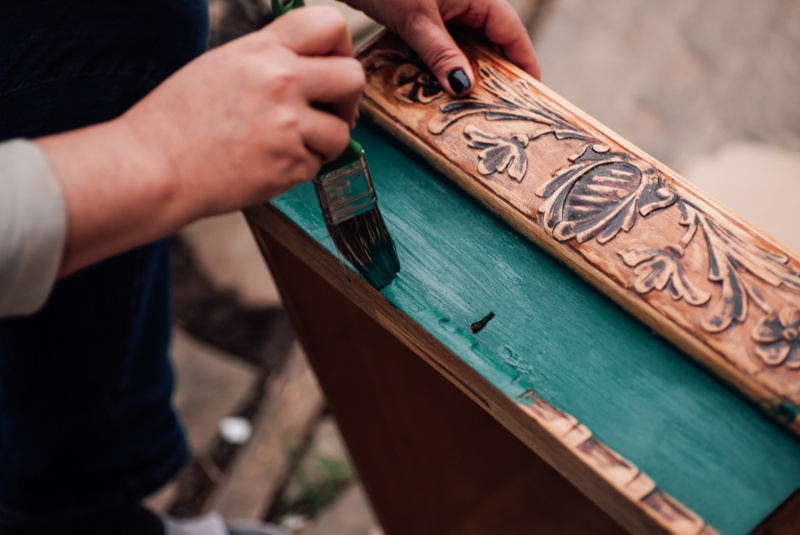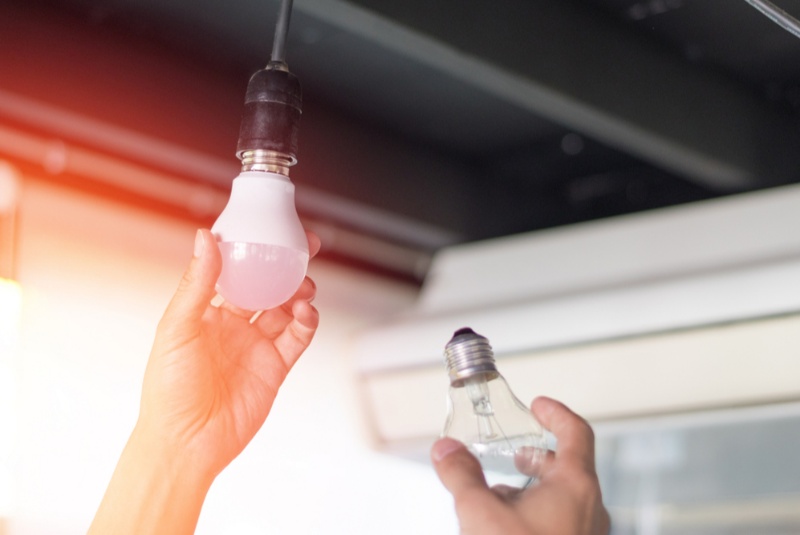A day at the beach is all about relaxation and fun, but it’s also important to be prepared for any unexpected situations. Whether it’s a minor cut, sunburn, or a jellyfish sting, having the right first aid equipment on hand can make all the difference. This guide explores the essential first aid items you should bring to the beach to ensure the safety of your family and friends. By being prepared, you can handle any minor emergencies and keep your beach day enjoyable and stress-free.
First Aid Kit Basics
A well-stocked first aid kit is the cornerstone of beach safety. Start with a basic first aid kit that includes adhesive bandages, gauze pads, antiseptic wipes, adhesive tape, and scissors. Add items specific to beach-related injuries, such as sting relief pads and burn ointment. It’s also important to include tweezers for removing splinters or sea urchin spines, as well as an instant cold pack for reducing swelling. Make sure your first aid kit is in a waterproof container to protect the supplies from sand and water. A comprehensive first aid kit ensures you’re ready to handle common beach injuries quickly and effectively.
Sunscreen and Sun Protection
Sunburn is one of the most common issues people face at the beach, and it can quickly turn a fun day into an uncomfortable one. Be sure to pack a broad-spectrum sunscreen with an SPF of at least 30 to protect your skin from harmful UV rays. Apply sunscreen generously 30 minutes before sun exposure and reapply every two hours, or more frequently if you’re swimming or sweating. In addition to sunscreen, bring a wide-brimmed hat, sunglasses with UV protection, and lightweight, long-sleeved clothing to shield your skin from the sun. Proper sun protection helps prevent painful burns and long-term skin damage.
Aloe Vera Gel for Sunburn Relief
Even with the best sun protection, sunburns can happen. Aloe vera gel is a must-have in your beach first aid kit for soothing sunburned skin. Aloe vera has natural anti-inflammatory properties that help reduce redness, pain, and swelling. It also moisturizes the skin and promotes healing. Apply aloe vera gel to sunburned areas as soon as you notice any redness or discomfort. For added relief, keep the gel in a cooler so it’s cold when applied to the skin. Having aloe vera gel on hand ensures you can quickly relieve the discomfort of sunburn and start the healing process.
Sting and Bite Relief
Encounters with marine life, such as jellyfish, sea lice, or insects, can lead to painful stings or bites. To be prepared, include sting relief pads or a bottle of vinegar in your beach first aid kit. Vinegar is particularly effective for neutralizing jellyfish stings, while sting relief pads can help soothe pain and reduce itching from insect bites. Hydrocortisone cream is also useful for alleviating itching and inflammation caused by bites or allergic reactions. Having these items readily available allows you to treat stings and bites promptly, reducing pain and preventing further irritation.
Wound Care Supplies
Cuts and scrapes are common at the beach, especially for children who enjoy playing in the sand and surf. To treat minor wounds, your first aid kit should include adhesive bandages in various sizes, antiseptic wipes, and antibiotic ointment. Clean the wound thoroughly with antiseptic wipes to prevent infection, then apply antibiotic ointment before covering it with a bandage. For larger wounds, use gauze pads and adhesive tape to secure the dressing. Regularly check and change the bandage to keep the wound clean and dry. Proper wound care supplies ensure you can quickly address any cuts or scrapes that occur.

Hydration and Heat Exhaustion Prevention
Spending time in the sun can lead to dehydration and heat exhaustion, both of which can be serious if not addressed promptly. Pack plenty of water and encourage everyone to drink regularly, even if they don’t feel thirsty. Include electrolyte-replacement drinks to help restore lost minerals, especially for children or those engaging in physical activities. A spray bottle filled with cool water can also help keep everyone refreshed. Know the signs of heat exhaustion, such as dizziness, nausea, and excessive sweating, and take immediate action by moving to a shaded area, hydrating, and cooling down the body. Staying hydrated and vigilant helps prevent heat-related illnesses at the beach.
Tweezers and Splinter Removal Tools
Walking barefoot on the beach or playing in the sand can sometimes result in splinters or embedded foreign objects, such as glass or shells. Tweezers are an essential tool for safely removing splinters and other small debris from the skin. Choose a pair of fine-tipped tweezers for precision, and clean the area with an antiseptic wipe before and after removal. Additionally, consider including a small magnifying glass in your first aid kit to help you see the splinter more clearly. Having tweezers and splinter removal tools in your kit ensures you can quickly and safely address any foreign objects in the skin.
Eye Protection and Irrigation
Sand, saltwater, and strong sunlight can all cause discomfort and irritation to the eyes while at the beach. Bring a pair of UV-protective sunglasses for each person to shield their eyes from harmful rays. If sand or saltwater gets into the eyes, use a saline eye wash to gently rinse them out. Saline solution helps to remove debris and soothe irritation without causing further discomfort. Keep a small bottle of saline solution in your first aid kit for quick eye irrigation when needed. Protecting and caring for your eyes ensures a comfortable and safe day at the beach.
Cold Packs for Sprains and Swelling
Outdoor activities at the beach, such as playing volleyball or surfing, can sometimes result in sprains or minor injuries. Instant cold packs are an effective way to reduce swelling and numb pain in the affected area. Cold therapy helps minimize inflammation and provides immediate relief for injuries like twisted ankles or muscle strains. Keep several instant cold packs in your first aid kit, and remember to apply them for 15-20 minutes at a time. Using cold packs promptly after an injury helps manage pain and swelling, allowing you to continue enjoying your beach day with minimal discomfort.
Emergency Contact Information
In case of a more serious injury or medical emergency, it’s important to have emergency contact information readily available. Include a list of local emergency services, nearby hospitals, and the phone numbers of family members or friends who can assist. If you or someone in your group has specific medical conditions, such as allergies or asthma, include information on how to manage these conditions and any medications that may be required. Being prepared with emergency contact information ensures that you can respond quickly and effectively in the event of a serious situation.
Having the right first aid equipment is essential for ensuring a safe and enjoyable day at the beach. From a well-stocked first aid kit to sun protection, sting relief, and wound care supplies, being prepared allows you to handle minor injuries and discomforts quickly and effectively. By including items like hydration tools, eye protection, and cold packs, you can prevent and manage common beach-related issues. Remember to pack emergency contact information for more serious situations. With these essential beach first aid items on hand, you can relax and enjoy your time by the ocean, knowing you’re prepared for whatever comes your way.




